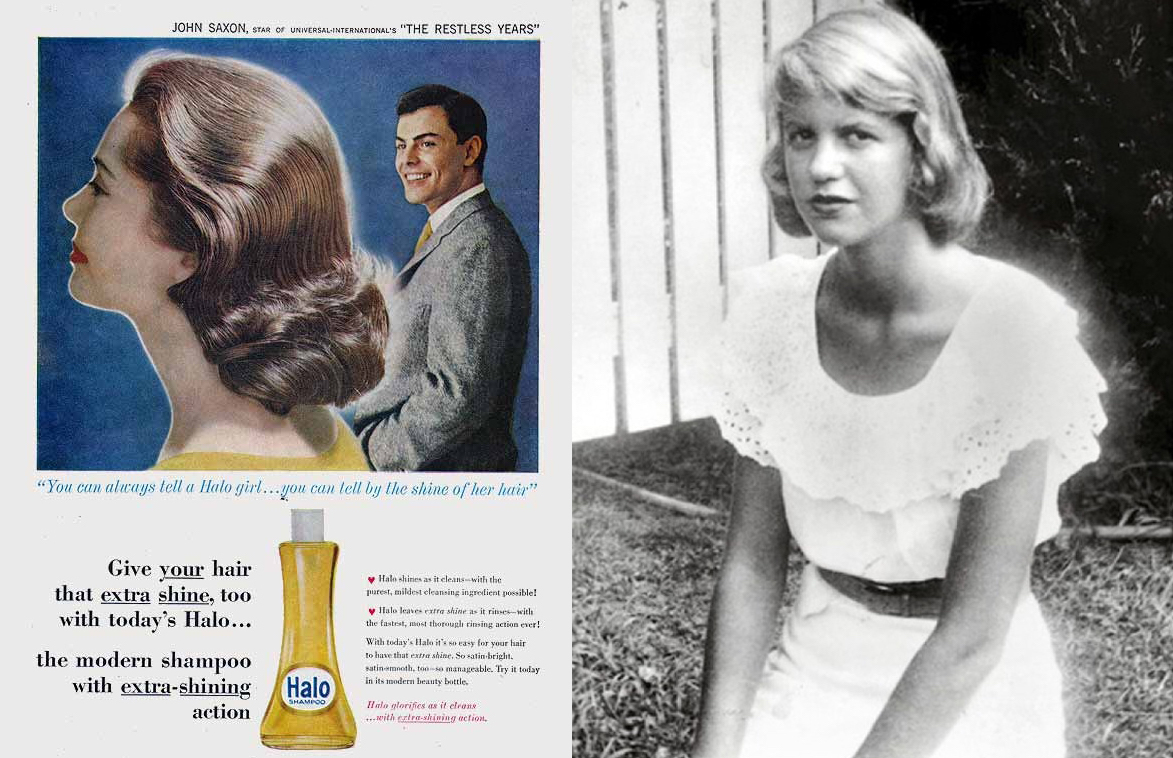
Snoopy began his stormy writing career in July 1965 with a memorable first line lifted from 19th century novelist Edward Bulwer-Lytton. (Charles Schulz Museum)
There are probably a hundred ways to write a good essay, but this is my default for when panic stations start ringing.
- Select a topic (5 min.)
- Find 3 articles on this topic (5 min.)
- Select 1 quote from each article. It is important to introduce voices and ideas other than your own. (5 min.)
- In one sentence provide some context for the quote or simply paraphrase the quote (put it in your own words). This sentence is placed either before or after the quote. (5 min.)
- Write a sentence that puts two of the quotes in opposition to each other (opposing views). (5 min.)
- Write a sentence that sets up 3rd quote as the resolution (the way out) of these opposing views. (5 min.)
- Add a sentence that adds your own thought to this resolution. (5 min.)
- Write a concluding sentence that sums up what you learned about the topic while writing the paper, and also suggest future questions. (5 min.)
- Write the introduction, which mentions the topic, the debate around it, and why the reader should care about this. Though you write this sentence last, it is the first and most important sentence of your essay. (5 min.)
- This will give you the nuts and bolts of a reasonably decent essay. You could stop here, reread, and polish a second draft. (15 min)
Total: 1 hour
To create a slightly better essay, here is an additional step:
- Insert 2 or 3 examples or literary quotes (if you are writing about Shakespeare, for instance, this is where you insert quotes from Shakespeare’s plays), which relate in some way to your topic. If your topic is not Shakespeare, but say, advertising, this is where you insert images of ads and comment in your own words on these images. Here’s the trick: forget for a minute the arguments in your text and just write in your own words what most intrigues you about the image or the quote. This will give your essay a little sparkle and keep it from being too robotic. (15 min.)
Sample Exercise: Is Advertising Art?
Intro: Ads use sophisticated design and clever campaigns to sway human behaviour. But does this cleverness and influence make them art? The critics who answer yes point out how ads reflect current cultural values. The critics who answer no think art has a higher purpose. There is a third view that states art and ads often benefit from each other and in fact feed off of one another. To understand this, we need to consider the changing role of media in contemporary society.
- Yes, ads reflects culture (commercialism is part of culture), the time period, technology and values of the day. Insert quote 1: Matt Miller, president of the body that oversees ads in the USA, defines art as “a reflection and expression of what is happening in society.” Using this broad definition, Miller notes how we live in an era of mass media, global trade and instant messaging: ads finance the media, encourage trade and adopt to the latest technology at lightning speed.
- This argument is countered by Mary Warlick, art historian and executive director of The One Club, a New York trade organization. Quote 2: “Art is visual imagery that is meant to elevate thinking in an aesthetic context. [In contrast] what advertising does is give a visual record of our cultural ambiance and history, our tastes, our trends, our wants, our needs, our buying. It is never meant to elevate us to that higher plane.” (AdWeek, Nov. 12, 2001) Ads may be a reflection of contemporary culture and current trends, but that isn’t the purpose of art. Art helps us become more self-aware, to think critically and empathize more with other people. Advertising corrupts thinking and makes us selfish and short-sighted. It makes material things more important than relationships and always suggests there is a shortcut to happiness through the purchase of a product.
- There is common ground: Quote 3: To the question, “is advertising art,” author Jonathan Glancey answers: “is art advertising? The simple answer to these questions is that art feeds advertising and vice versa.” (The Independent, July 1995)
Artists work on ads; ads feature artwork. Beyond this, there is an enormous gray area where ads and content overlap, such as a beautifully crafted music video that advertises a song. Film trailers are obviously ads, but they need to be clever, fun, exciting, provocative—they need to be artistic—or no one would watch them and share them.
- My own thought: Western culture is moving in the direction where everyone is an artist, as Joseph Beuys predicted in the 1960s. The technology of smart phones and social media are the keys to these new citizen-artists. The trend started a hundred years ago when people started buying low-cost Brownie cameras and began recording their own lives. But smartphones and social media have taken it to another level of speed and accessibility. We continually revise, update and share family pictures, and use images to carefully craft our own public personas, selectively posting selfies and snapshots that promote our most popular and adventurous selves. These are advertisements for ourselves.
Conclusion: This state of citizen-artists continually talking and sharing with one another through media makes us all very art-smart, media-savvy. Ads reflect this desire to be as in-the-know, as mobile, as self-crafting of public image as possible. Everyone is an artist and all images are art because there is no alternative. There is no media innocence in the age of total connectivity.
Extra Step: Examples of a Calvin Klein ad featuring an Andy Warhol artwork, a Moncler ad featuring Chinese artist Liu Bolan.
Here is the final essay. Good luck to all you midnight crammers.
